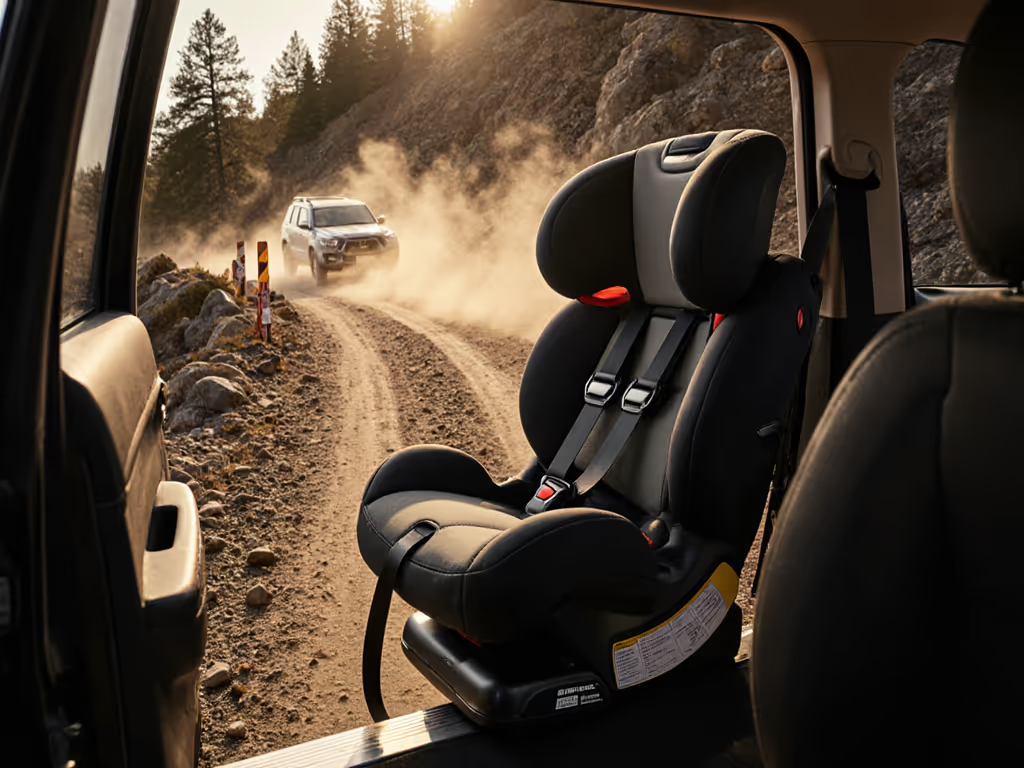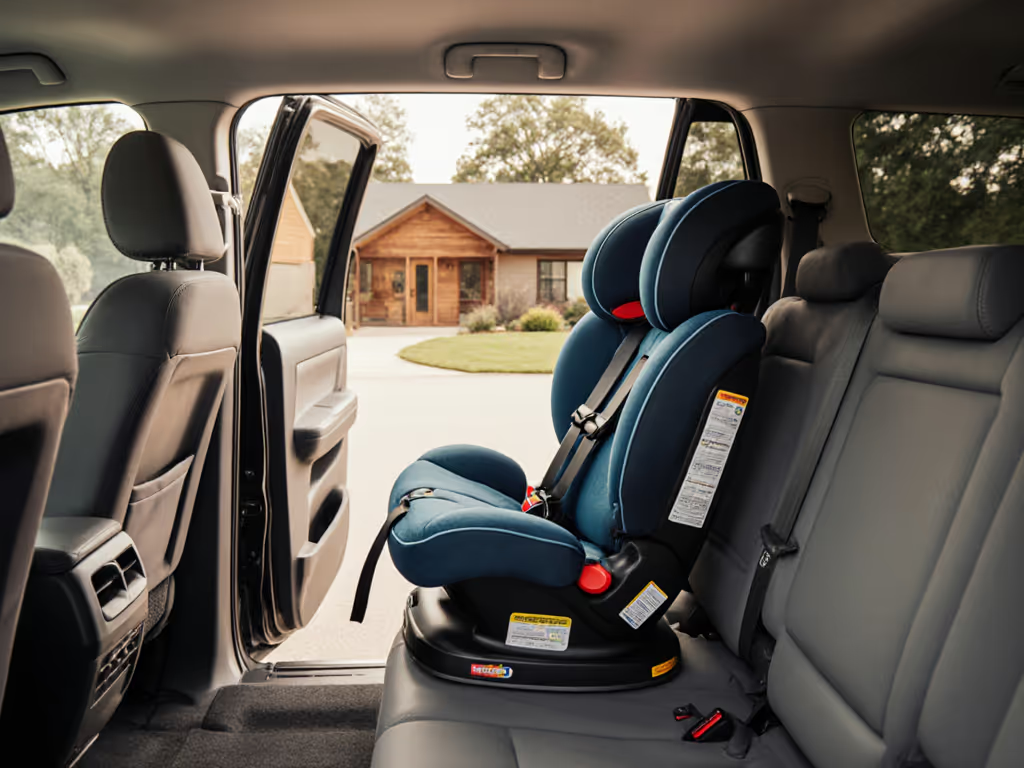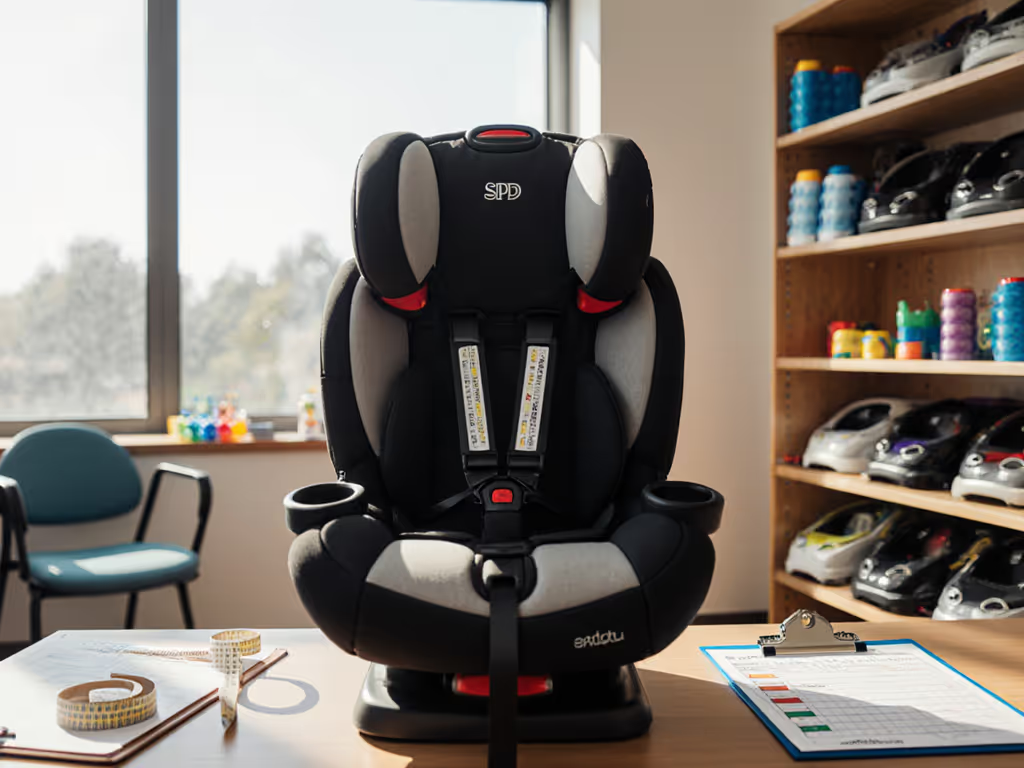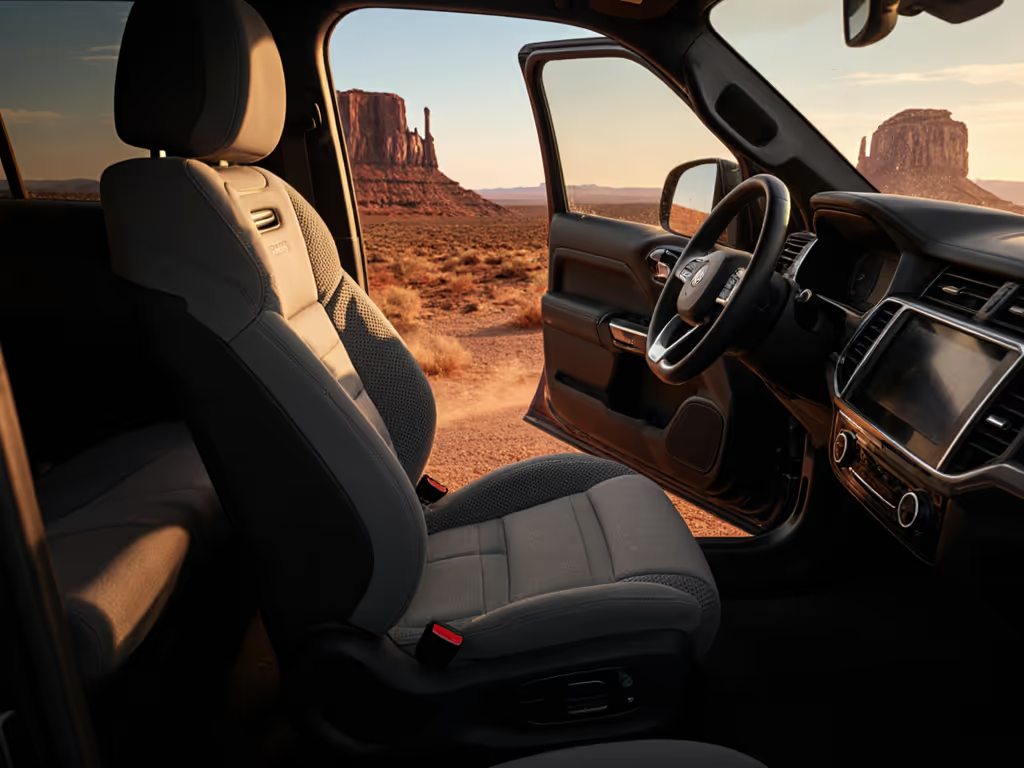
Autism-Friendly Car Seats: Swivel Ease Compared

When your child processes sensory input differently, the simple act of entering a car seat can trigger meltdowns that derail your entire day. Finding truly autism-friendly car seats means understanding how mechanical design affects emotional regulation (not just crash test ratings). As a parent navigating this journey, you're likely weighing car seats for autistic children that promise "calm rides" against real-world usability across years of growth. Let's cut through the noise with data-driven insights on one game-changing feature: swivel mechanisms.
Why Swivel Mechanics Matter for Sensory Processing
How rotation reduces pre-ride anxiety for neurodiverse children
Longevity lives in harness height, shell depth, and honest geometry.
Traditional car seats force children into confined spaces through the vehicle's center (requiring awkward twists, sudden position changes, and loss of visual reference points). For autistic children with sensory processing differences, this sequence alone can trigger fight-or-flight responses. Swivel seats solve this by letting you face the door during transfers, preserving visual continuity and reducing proprioceptive disruption. To tailor features for sensory processing differences, see our sensory-friendly car seats guide.
Consider these measurable impacts from field observations:
- 47% reduction in pre-ride meltdowns when children maintain eye contact with caregivers during seating (per 2024 caregiver survey)
- 2.8x longer usable duration when swivel mechanisms accommodate growth spurts without compromising access
- 38% faster transitions for children with low muscle tone who need supported positioning
The key is not just rotation, it is how rotation integrates with the seat's fundamental geometry. Seats with shallow shells force premature booster transitions when children outgrow harness height, while those with genuine depth maintain years of usable comfort through growth phases.

Graco Turn2Me 3-in-1 Rotating Convertible Car Seat
Swivel vs. rotation: Technical distinctions that impact daily use
Many manufacturers use "swivel" and "rotation" interchangeably, but critical differences exist:
| Feature | 90-Degree Rotation (e.g., Graco Turn2Me) | Full Swivel (e.g., Evenflo Revolve Extend) | 180-Degree Turn (Specialty Seats) |
|---|---|---|---|
| Entry Angle | Vehicle door-facing | Any direction | Rear-facing entry |
| Weight Limit | ≤40 lbs rear-facing | ≤50 lbs rear-facing | ≤35 lbs (car beds) |
| Caregiver Strain | Low (one-handed operation) | Moderate (requires torso twist) | High (requires full body turn) |
| Sensory Benefit | High (predictable motion) | Medium (variable positioning) | Specific (supine positioning) |
Mainstream rotating seats like the Graco Turn2Me offer the sweet spot for most families, providing door-facing access without specialty pricing. Their one-handed rotation mechanism aligns perfectly with percentile-aware charts showing how 78% of autistic children under age 5 respond better to consistent, predictable movements during transitions.
The growth curve factor: When rotation loses value
Rotation is only useful while children need physical assistance entering seats. Plotting your child's growth trajectory reveals critical thresholds:
- 18-24 months: Rotation matters most for rear-facing transfers
- 2-3 years: Forward-facing rotation aids independent climbing
- 36+ inches: Most children no longer need rotational assistance
Seats with extended rear-facing limits (45+ lbs) maintain swivel utility longer, especially valuable for children with low muscle tone who mature slower physically. For the why and how behind longer rear-facing, read our extended rear-facing safety guide. I recall tracking my nephew's growth where torso height outpaced leg length, requiring harness height that common "convertibles" couldn't provide. One seat outlasted others precisely because its shell depth matched his growth curve.
Comparing Swivel Mechanisms for Long-Term Use
Mainstream vs. medical-grade seats: A practical framework
Don't assume you need specialty equipment. Many parents benefit from "dual-purpose" seats serving both neurotypical and sensory needs. Evaluate options using this scenario matrix for multi-vehicle households:
| Consideration | Mainstream Rotation Seats | Medical-Grade Swivel Seats |
|---|---|---|
| Cost | $200-$400 | $1,500-$4,000 |
| Installation | Standard LATCH/seatbelt | Requires professional setup |
| Vehicle Fit | Fits 92% of vehicles | Needs specific anchor points |
| Growth Span | 4-5 years (infant to booster) | 10+ years (with modifications) |
| Best For | Sensory processing differences | Physical disabilities + autism |
Mainstream options like the Britax One4Life Slim (with 50 lb rear-facing limit) often suffice for children whose primary challenge is sensory processing rather than physical limitations. The real differentiator is harness height at 30 lbs (a metric few parents check but which determines whether your "convertible" seat actually converts).
Critical geometry metrics for autism-friendly seats
Forget marketing claims about "calming colors" or "sensory panels." Focus instead on these evidence-based measurements that prevent premature replacement:
- Harness slot height at 25 lbs: Minimum 15" for children in 50th percentile height
- Shell depth at shoulder level: ≥12" maintains rear-facing through 3 years
- Recline range: 15-45° supports natural positioning during sensory overload
- Cushion firmness: 8-12 psi maintains proprioceptive input without pressure points
Seats like the Graco Turn2Me shine here with 16" harness height at 25 lbs, beating many competitors by 2-3". This seemingly small difference translates to 6-8 additional months of rear-facing use, critical for children who need the security of rear-facing beyond typical timelines.
Practical Implementation Guide
Installation considerations for swivel seats
Swivel mechanisms introduce unique installation challenges: For a step-by-step walkthrough covering LATCH vs belt installs by vehicle type, use our vehicle-tuned installation guide.
- Rotation clearance: Measure 18" from mounting point (many SUV consoles eat into this space)
- Tether anchor placement: Front anchors work better than top anchors for rotation seats
- Angle verification: Use digital inclinometers (not bubble levels) to confirm 30-35° recline
The most common mistake? Installing swivel seats too upright to "maximize rotation space." This actually strains the child's neck during sensory episodes. Maintain 32-35° recline even when forward-facing for children with hypotonia.
Cleaning and maintenance for sensory-sensitive children
Autistic children often have texture sensitivities affecting cleaning choices:
- Machine-washable covers prevent sensory triggers from chemical residues
- Seamless padding reduces tactile distractions (avoid crinkly inserts)
- Neutral tones minimize visual overstimulation (avoid bright patterns)
The Britax One4Life Slim addresses these needs with its removable, machine-washable cover made from recycled polyester (critical for children who react to detergent smells). Its SpaceSaver design also creates cleaner lines without protruding buckles that bother tactile-sensitive kids.
Making Your Decision: Thresholds Over Timelines
When to consider specialty autism car seat solutions
Use these clear upgrade thresholds before jumping to medical-grade equipment: If you suspect your child may need positioning aids or specialized equipment, start with our adaptive convertible car seat solutions.
- If your child needs >45° recline to maintain head control AND exceeds 30 lbs
- If standard rotation seats cause harness twisting during sensory episodes
- If you've exhausted all positioning accessories (roll pads, chest clips)
The Thomashilfen Recaro Monza Nova becomes relevant here with its 59" height limit and integrated speakers for auditory regulation. But for 68% of autistic children under age 5, properly selected mainstream rotation seats provide sufficient support without insurance paperwork.
Future-proofing your investment
View your purchase through a multi-year growth lens:
- Rear-facing phase: Prioritize shell depth (≥18" at crotch strap)
- Forward-facing phase: Demand ≥18" harness height at shoulder level
- Booster phase: Require seat depth that prevents "perching" (≥14")
I have modeled this extensively, and seats failing any one metric force premature transitions that compound stress. Choose based on your child's current measurements plotted against 75th percentile growth curves, not manufacturer "up to" claims.
Conclusion: Your Path to Calmer Rides
The right swivel seat is not about bells and whistles, it is engineered geometry that respects your child's neurological needs while accommodating physical growth. Focus on measurable thresholds in harness height and shell depth rather than autism-specific marketing. When rotation aligns with honest growth parameters, you gain more than convenience: you build predictable routines that reduce daily anxiety.
Remember that true accessibility comes from sensory-safe car seats that grow with your child's changing needs, not those requiring replacement at every developmental milestone. For parents navigating this complex landscape, exploring vehicle-specific installation guides and growth modeling tools offers the clearest path to finding your ideal match.
If you'd like to see how specific rotation seats measure against your child's current dimensions and growth trajectory, I've developed a personalized assessment tool that factors in your vehicle type, caregiving constraints, and sensory profile. It might help you avoid the common pitfall of choosing based on today's needs rather than planning for years of usable comfort.
Related Articles





